Exercise for Chronic Pain: Effective Techniques and Tips for a Healthier Life
Chronic pain is your responsibility.
Now hold on a second, because I think you read that as “chronic pain is your fault.”
That’s not what I’m saying. Your shoulder hurts. Your knee barks. Your back aches. And the tools your doctor, PT, or chiropractor offered you haven’t panned out.
There are reasons for that. Namely, the system isn’t designed to support your pain until it becomes an emergency.
Going to your doctor or Physical Therapist is like taking your car to a hospital and your kid to an auto-mechanic.
Your GP is great, and has incredible expertise in a number of things. But not pain. Your PT, who does have the expertise, is boxed into a model that gives her only 25 minutes. Or best case scenario, an hour. You’re also going in for weekly or biweekly sessions to address a problem that you could manage yourself daily.
Now, don’t get me wrong. If your pain is preventing you from work or daily tasks and caring for yourself and loved ones, best to see a doctor.
But if your pain is chronic but not-yet restricting, here’s the good news: You can intervene.
The “Start Now” Model For Chronic Pain
What’s the best way to get strong muscles when you’re in your seventies? Start in your twenties.
You know what the best way to lose it is? Stop training.
We see compound interest in consistency all the time. The same goes for chronic pain.
The best time to start working on your pain was yesterday and the next best time is today, and tomorrow, and every day thereafter.
But what exactly does “pain reduction” look like?
Regular exercise is half the battle. And a base kit of physical activity and mobility interventions is the other. So, let’s discuss the most effective exercises for chronic pain you can start at home.
How To Exercise With Chronic Pain
If you’re an athlete, you may be thinking your pain is because of exercise and overuse. Injury is certainly a common cause.
Butyour risk is so much lower because you move and use your body frequently. You’ve just overloaded a few tissues where otherwise you might have pain in dozens of others.
So I want to nip in the bud any idea that exercise is the enemy of mobility. Overuse, poor positioning, overtraining, and ignoring pain, sure. But not exercise or movement at large.
The best resort is to prevent and relieve pain. The key is a holistic chronic pain exercise program.
With that in mind, here are ways to exercise with chronic pain and stop this imbalance, and recenter yourself.
To understand how these exercises work, you need to understand that pain usually happens due to a mixture of overuse, and poor positioning.
Fix Positioning By Practicing Good Movement Archetypes
So to address it, we want to aim for good positioning.
At The Ready State, we use movement archetypes to fix positioning issues. The exercises below address the most common archetypes of movement.
The archetypes are:
- The Squat Archetype
- The Press Archetype
- The Overhead Archetype
- The Front Rack Archetype
- The Lunge Archetype
- The Hang Archetype
- The Pistol Archetype
Learn the archetypes. Consider programming them into your weekly training to manage position and prevent pain.
Many people struggle with shoulder and back issues from prolonged periods of sitting hunched over a phone or laptop. Others deal with knee and hip problems for the same reason.
I recommend logging into your The Ready State dashboard and going to the welcome section to learn each of the archetypes. In the meantime, let’s discuss the three steps of treatment in chronic pain.
#1 Exercise For Chronic Pain: The Squat Archetype
The Squat Archetype demands your ability to drop into one of the most ancient positions of power. Or, as I like to call it: the full butt-to-grass squat.
The position is as archetypal as its name is colorful. Before chairs, humans squatted to rest, poop, drink from rivers or ponds, and perform any useful movement.
The modern “chair,” with its 90-degree knee joint angles while sitting, has deprived us of these body-empowering positions. It limits us from accessing our optimal postures for quick strength training.
The inability to squat to the ground with knees fully bent may even have longevity implications. In fact, the ability to get up from the ground without using your hands is a major predictor of all cause mortality.
So start with the squat.
To perform a proper squat, stand with your feet slightly wider than your hips. You may prefer a bit wider or narrower stance.
Now, stand with feet pointed straight forward, or at most, slightly outward. I’m talking under 5 degrees.
Squat down with your knees tracking out over your feet.
Over time, work towards being able to squat below parallel. There are multiple variations of weighted squats that can help you perfect the archetype.
If you’re not averse to a barbell, the back squat is a great base.
Want to combine two archetypes? Work on the front rack archetype by doing front squats.
And my personal favorite, signaling true mastery of the squat, is overhead squats. These work great with a kettlebell or even just no weight at all.
Can you reach the point of a full knee bent overhead squat, and hold it? You’ve now entered the squat Hall of Fame.

#2 Exercise For Chronic Pain: The Overhead Archetype
Chronic sitting rounds up our upper shoulders forward into a Hunchback of Notre Dame silhouette.m
The best exercise for chronic pain of this type is to make like a monkey and banana. Jokes aside, imitate your primate ancestors and start hanging around more. Hang from a pull-up bar or some gymnastic rings. You don’t have to do pull ups, just hanging. That’s one of the most accessible exercises to fix your posture.
Heck, my friend Aaron Alexander of The Align Method swears by hanging as a primary modality. Go take a look at that guy if you need any convincing, he’s a mobile super fit badass.
So, this one’s pretty straightforward. Start hanging from a pull-up bar. Your goal is to hang for a cumulative 3 to 5 minutes a day.
Not used to hanging? Start with 30 to 45-second sessions with a chair under your feet to relieve pressure. Once you can hang for a minute straight without assistance, start doing 3 to 5 rounds of this.
Do this 3 to 5 times a week for best results.
#3 Exercise For Chronic Pain: The Lunge Archetype
The lunge archetype deals with locomotion. Ambulation. All the fancy words for one of the most important aspects of being a human being: how you move through space.
It’s also a space where I can lead you to some simple, effective, and fun tools. The third exercise for chronic pain in this series is walking backward.
Scary right? We get it. If blindly walking through your neighborhood like Adam Sandler in the movie Click isn’t your thing, don’t worry – a treadmill works just fine.
There’s an old saying with exercise that the best program is the one you’ve never done before. You may have tailored every exercise–from free weights to water aerobics—for maximum yield. Perhaps, you’ve read the textbooks on anaerobic exercise and delved into Cal Dietz Triphasic Training. Still, at the end of the day, novelty often beats out principle.
This is due to the many positive benefits of a new stimulus. Giving your body something it simply isn’t used to challenges it to adapt and change faster.
That’s the principle we’re using for this physical therapy.
Unless you’ve somehow managed to maintain a goofy childhood, I doubt you do a lot of backward walking. Michael Jackson impersonators notwithstanding.
So here’s what I want you to do: Walk backwards.
Go to the gym. Get on a treadmill. Find a comfortable place, and turn around. Walk backwards for 10 to 20 minutes, and build up to an hour 3 to 5 times a week.
You’ll be amazed how difficult this is when you’re not used to it. Over time, you’ll see how much it improves your postures, leg strength, and knee pain management.
Who said good solutions can’t be simple?
#4 Exercise For Chronic Pain The Hang Archetype
Restricted internal rotation at the shoulder is a common reason for pain which fundamentally represents poor expression of the hang archetype.
For a full article dedicated solely to this topic, check out the shoulder rotation article.
You may be struggling with shoulder, upper back, neck, trapezius pain or any combination thereof. Therefore, working on your internal shoulder rotation could be your ticket to ride.
All you need is a lacrosse ball for this type of exercise.
Place the ball in your scapula between your shoulder blade and your spine, about midway down your scapula.
From here I want you to bridge up with your hip and place your shoulders on the ground. Now, pin the back of your hand against your back near the bottom of your rib cage.
Your goal is to lower your hips back as close to the ground. Note: Don’t let your shoulders leave the ground.
After 3 to 5 breaths, move the ball down a notch towards your hips. Keep spending 3 to 5 breath cycles on each rib. Don’t stop until you reach the end of your scapula near the bottom of your shoulder blade.
From here, trace the ball along the bottom outline of your shoulder blade. Not on the shoulder blade but under it. For most folks, the area I’m referring to will be obvious because you’re gonna feel a band of stiff tissue.
Repeat on the other side. Doing so consistently increases flexibility and enhances your state of health.
Conclusion
Navigating the realm of chronic pain can feel like wandering through a maze blindfolded. Yet, the key takeaway here is that responsibility doesn’t mean blame. You’re not at fault for your chronic pain, but you’re indeed empowered to manage it.
Picture this: You’re the ship captain, steering your body towards a safer harbor despite pain.Your healthcare providers as part of your crew; while they bring expertise to the table, the course of the voyage ultimately lies in your hands.
The mainstream healthcare model isn’t always tailored to deal with pain until it reaches emergency proportions. Your general doctor, while exceptional in many realms, may not be the go-to expert for chronic pain. Physical Therapists, though better equipped in this domain, are sometimes restricted by the very systems they work within.
However, chronic pain is not a life sentence. Consider the “Start Now” model, emphasizing the potent effect of consistent actions over time.
It’s like a savings account for your body. Small daily deposits compound over the years, leading to significant dividends in the form of improved mobility and reduced pain.
Exercising is pivotal. It’s a misconception to regard exercise as the antagonist. It’s not movement, but how and how much you move that can sometimes exacerbate pain. Addressing movement archetypes from The Ready State can be transformative.
The squat, overhead, lunge, and hang archetypes, among others, can play pivotal roles in reclaiming your body’s innate mobility and strength. It’s all about returning to the roots of human movement—those essential patterns that our ancestors practiced without a second thought.
Incorporating low-impact exercises that champion these archetypes can offset the imbalances and strains of modern life. Think about the hunched shoulders from hours on a computer or the compromised hip mobility from prolonged sitting.
Simple interventions, such as relearning the squat or hanging, can make a significant difference. It’s a blend of respecting our evolutionary design while being adaptable to the demands of today.
Remember, you’re in a prime position to change its trajectory. Reclaiming your movement birthright and incorporating daily, consistent practices, you’re setting sails for a pain-free horizon. Your ship, your voyage. Own it and make the journey worthwhile.
Get one-on-one coaching with our professional experts. Learn more about our Movement & Mobility 101 and Movement & Mobility 102 courses today.

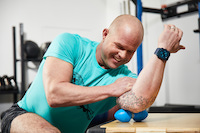
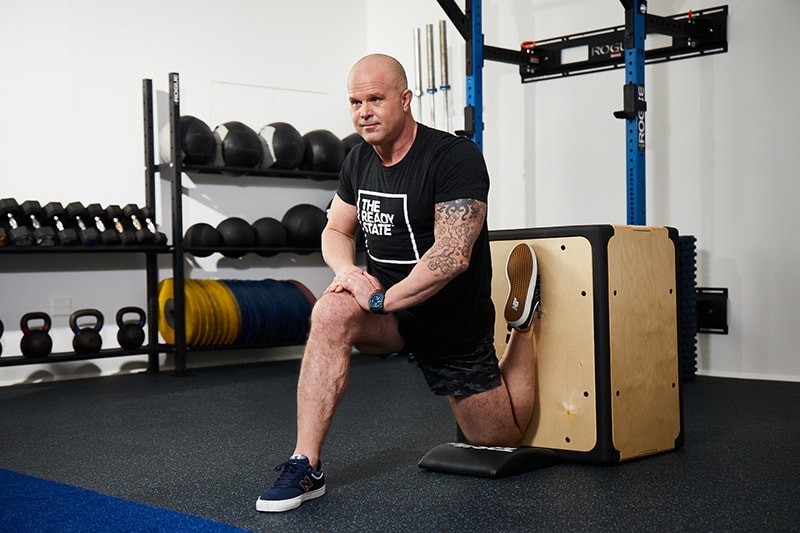
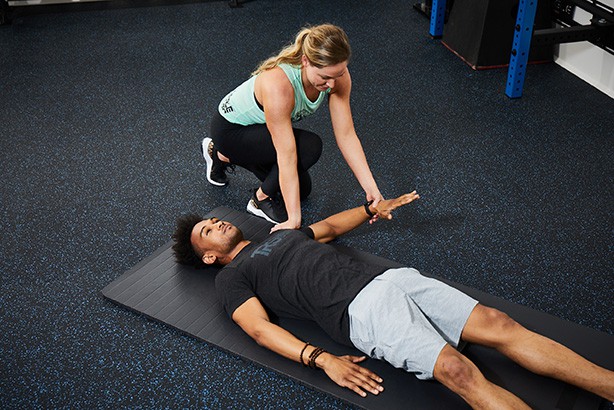
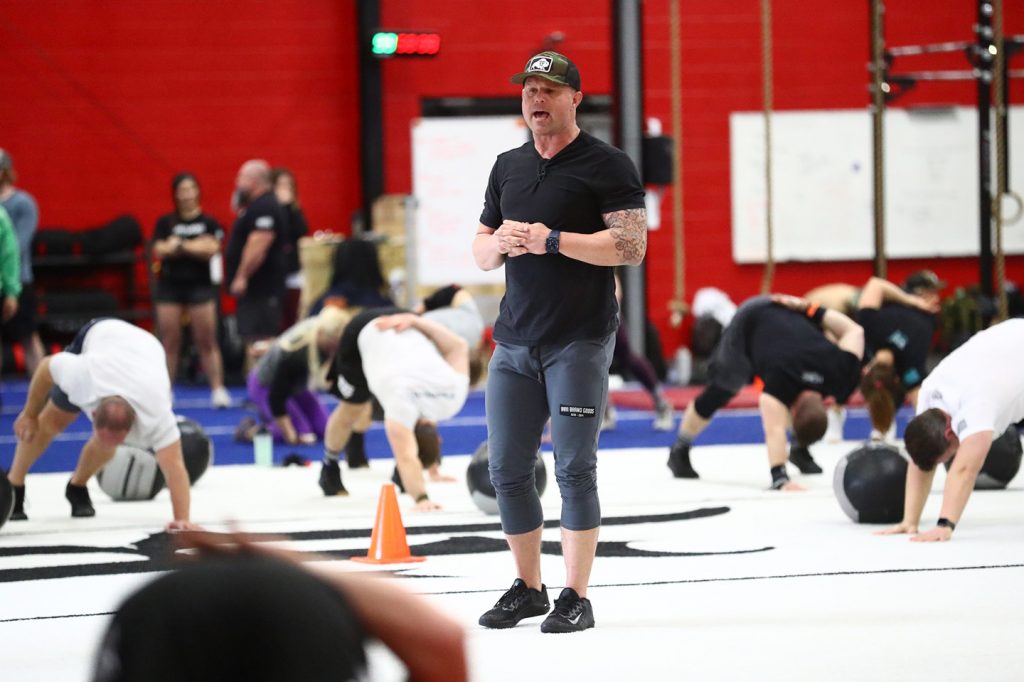
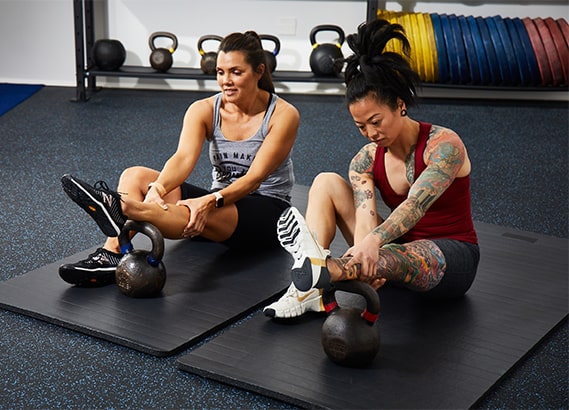
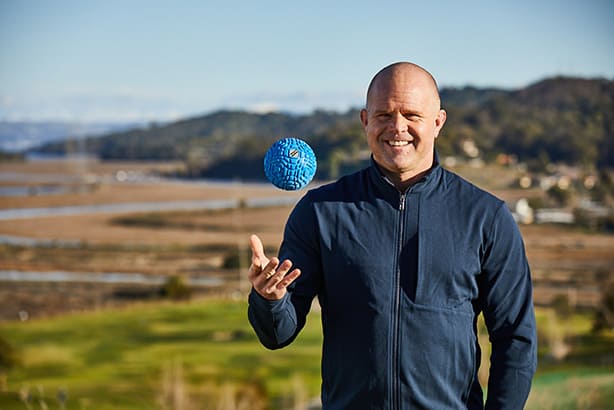
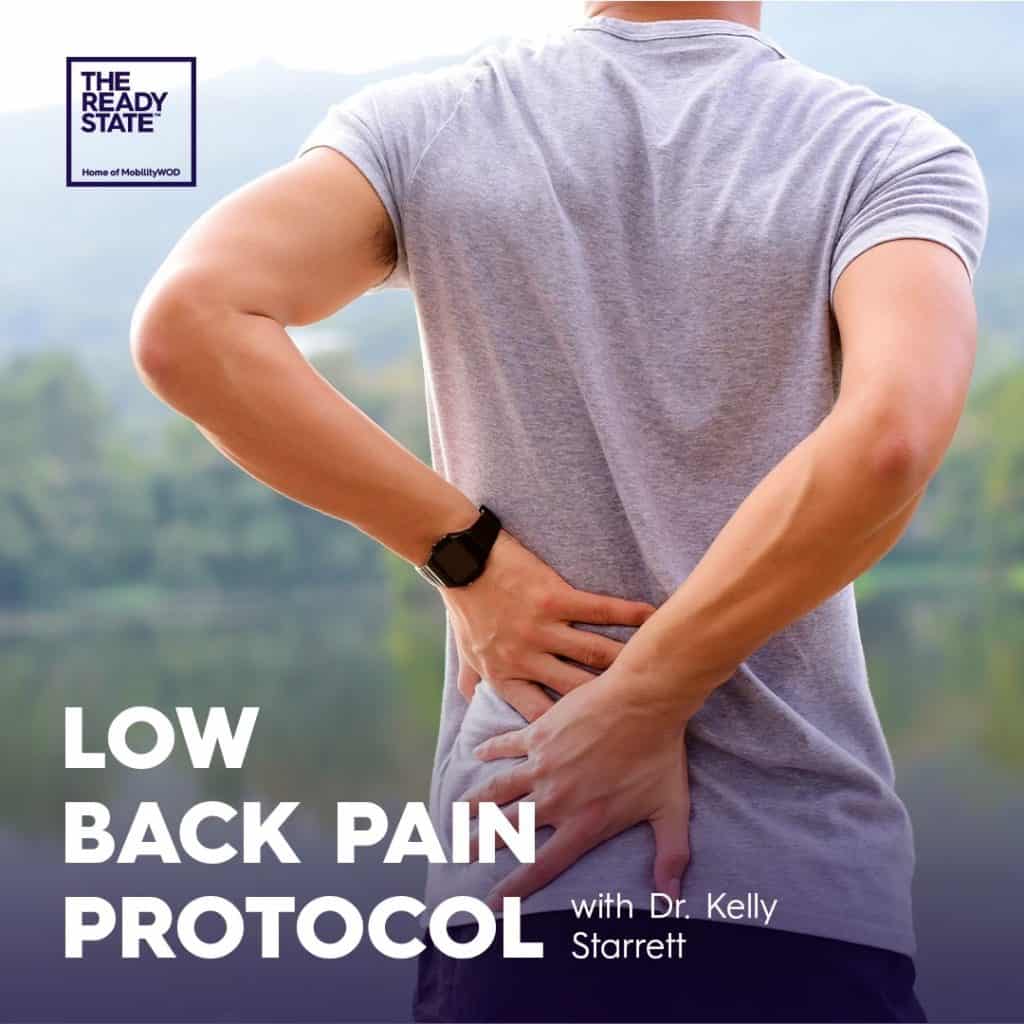
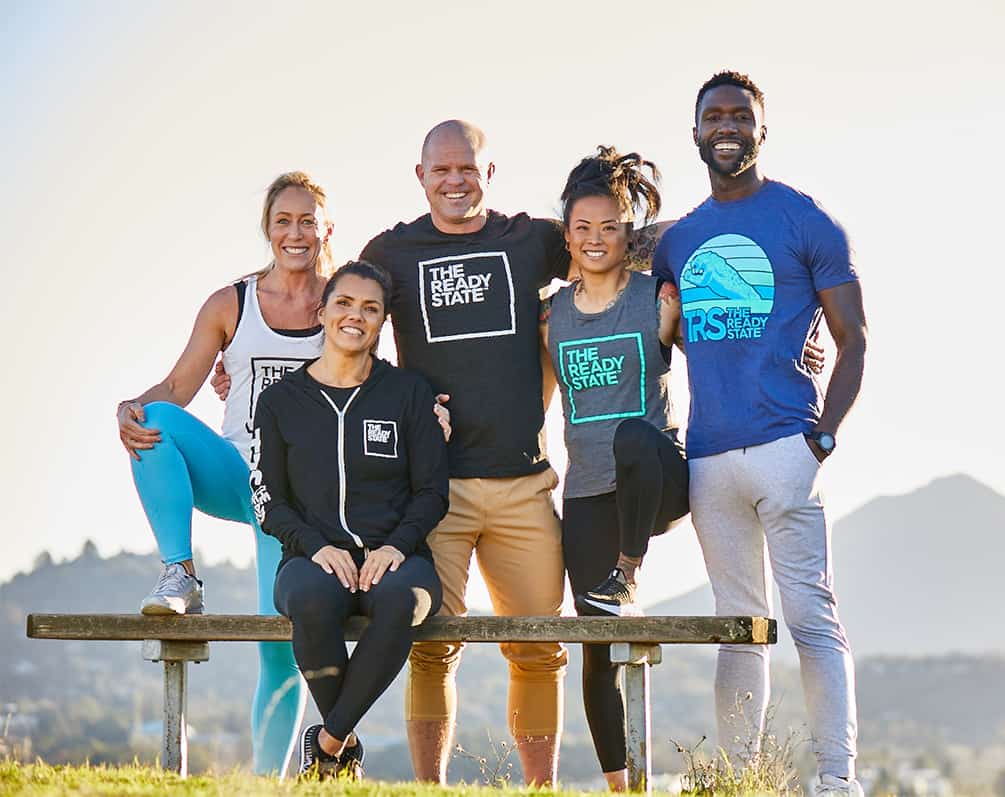
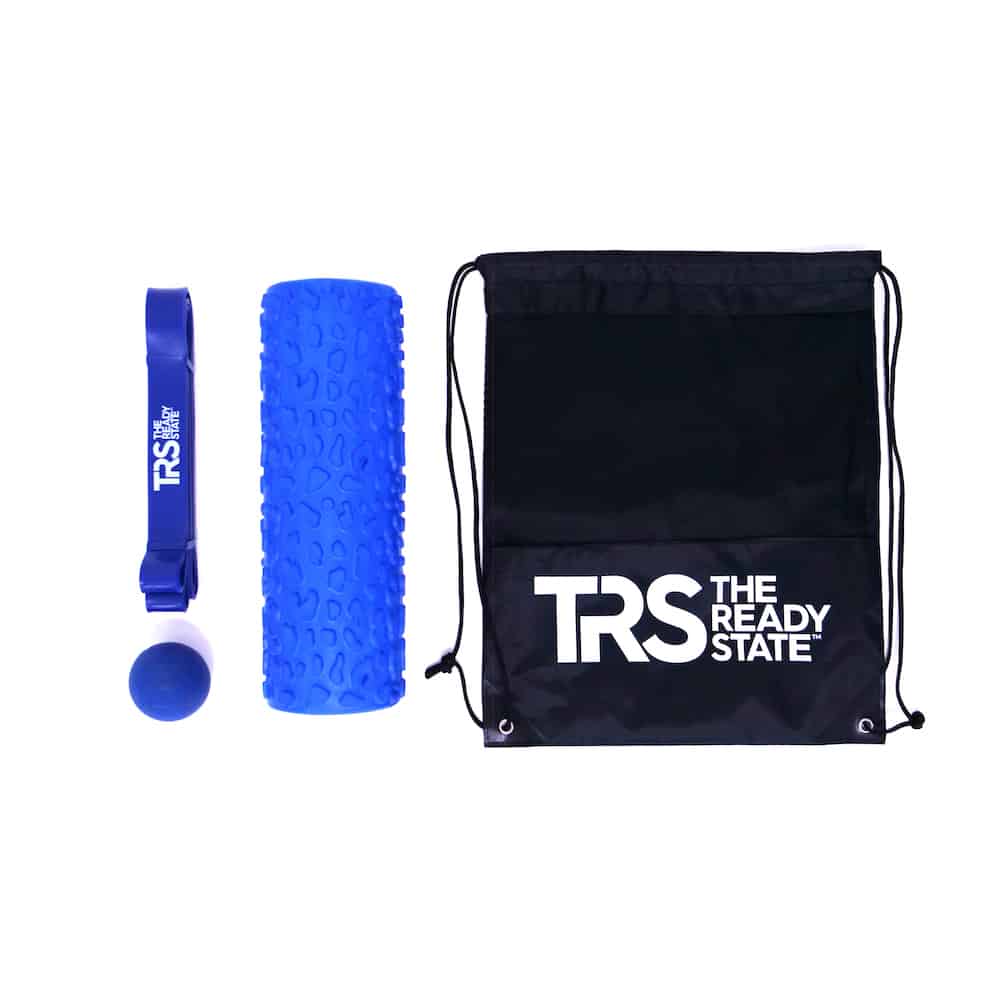
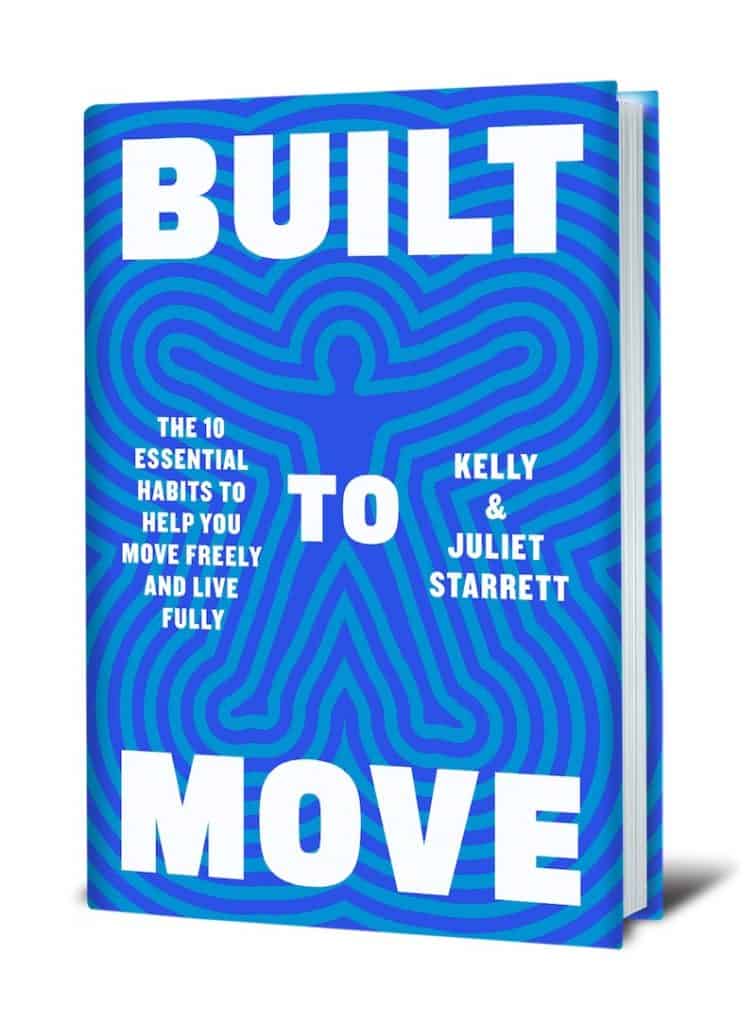
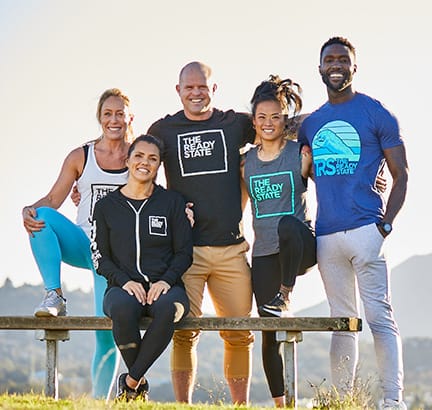








TRS Virtual Mobility Coach
Guided mobilization videos customized for your body and lifestyle.
FREE 7-Day Trial